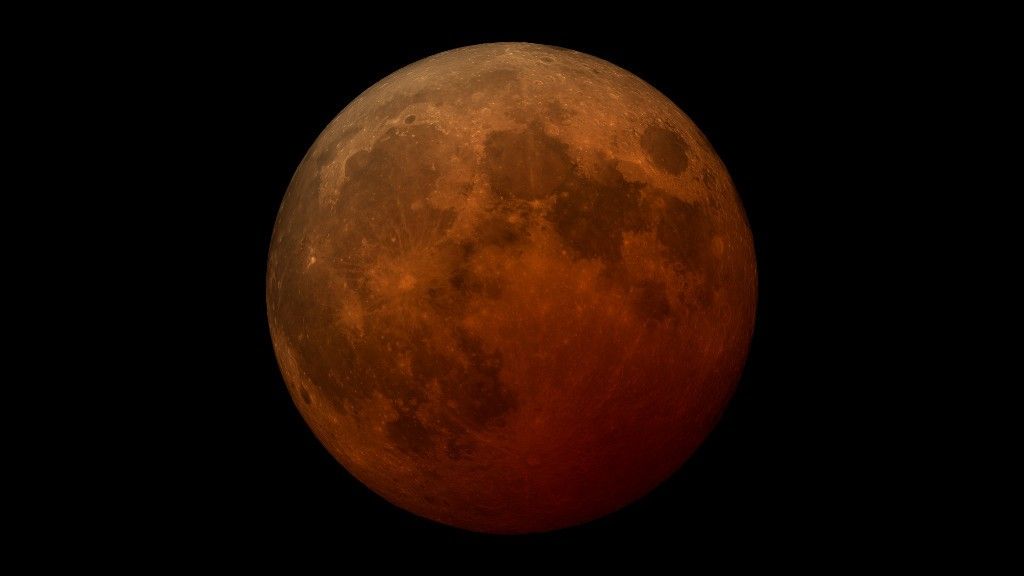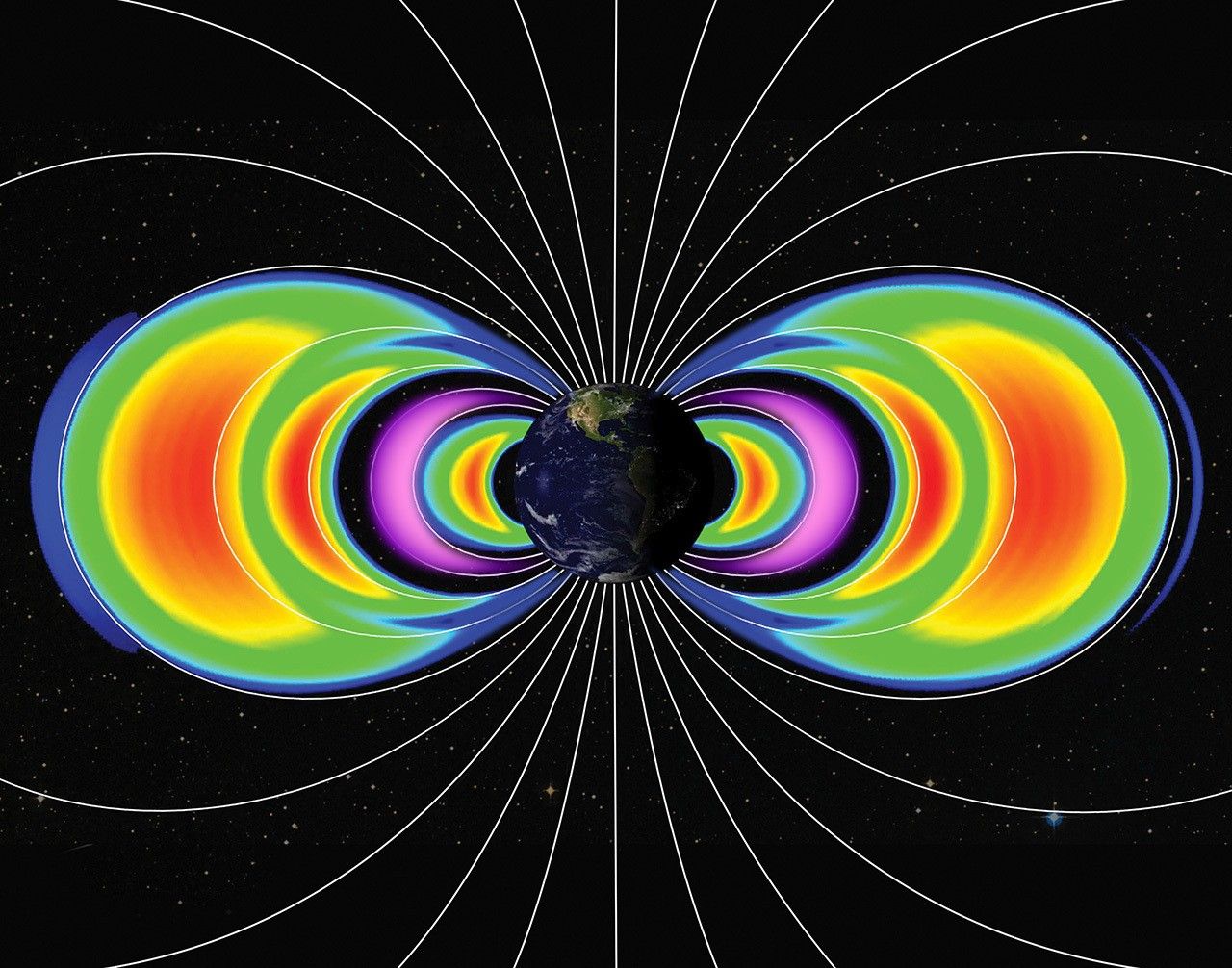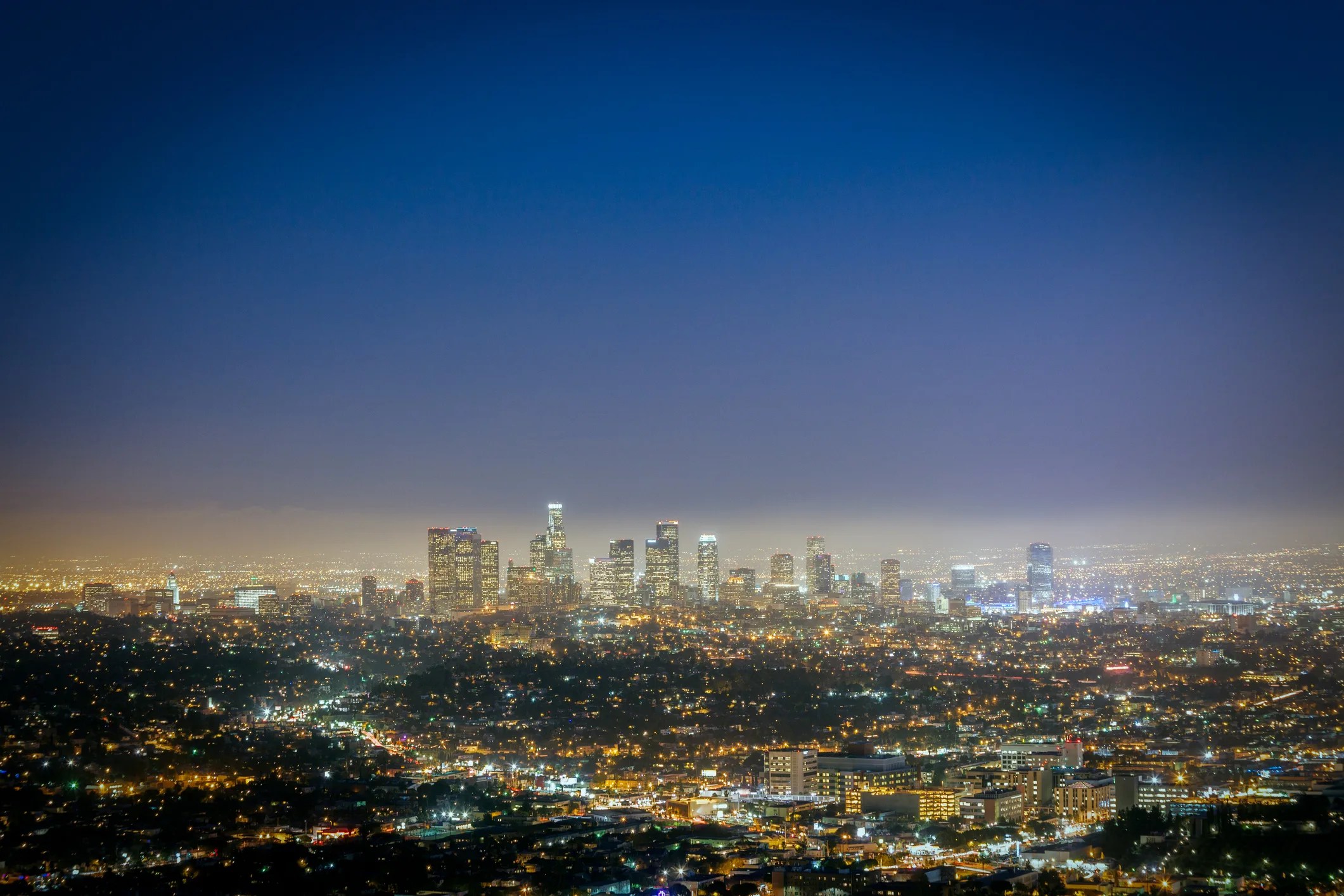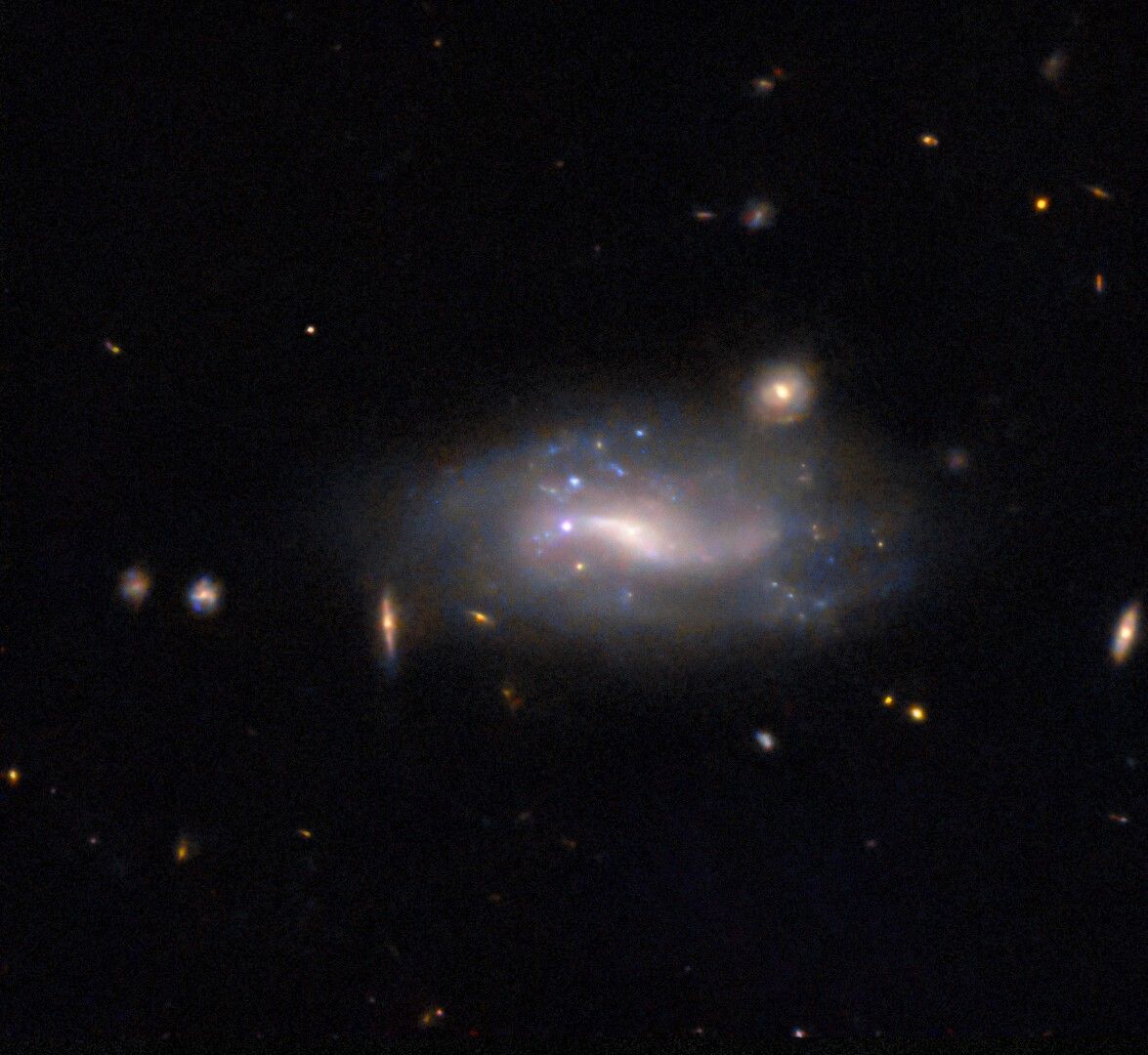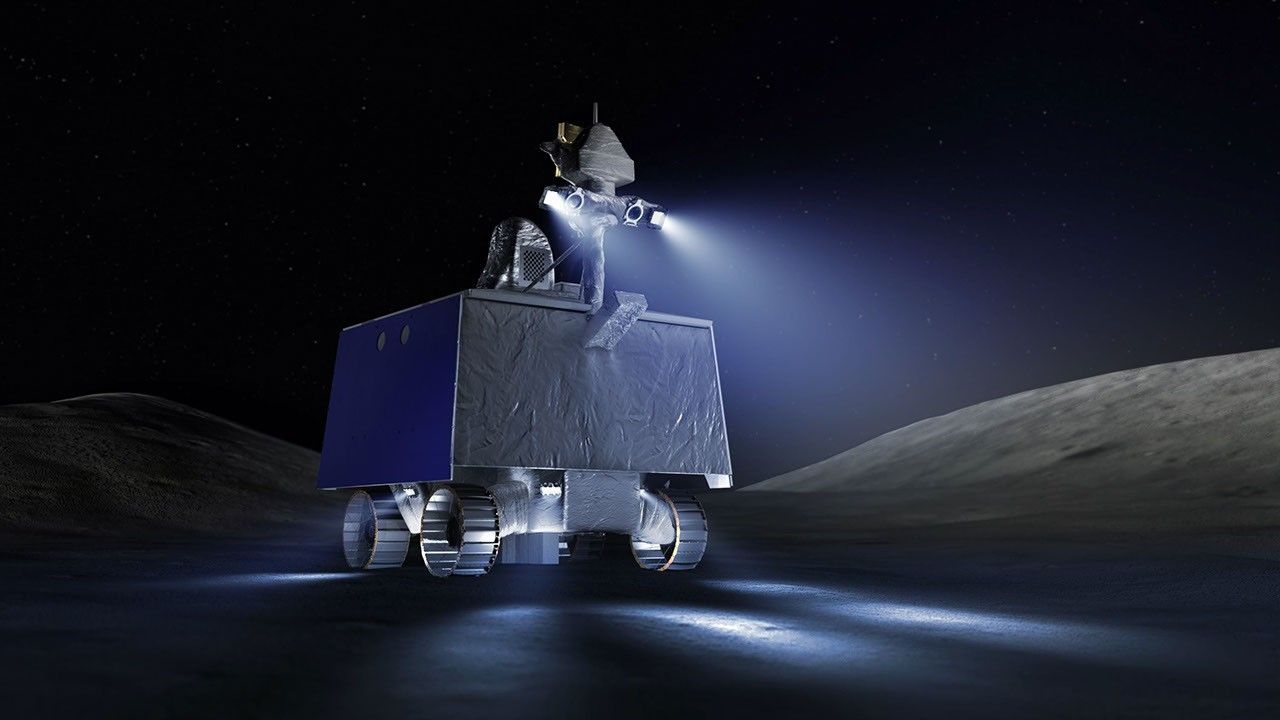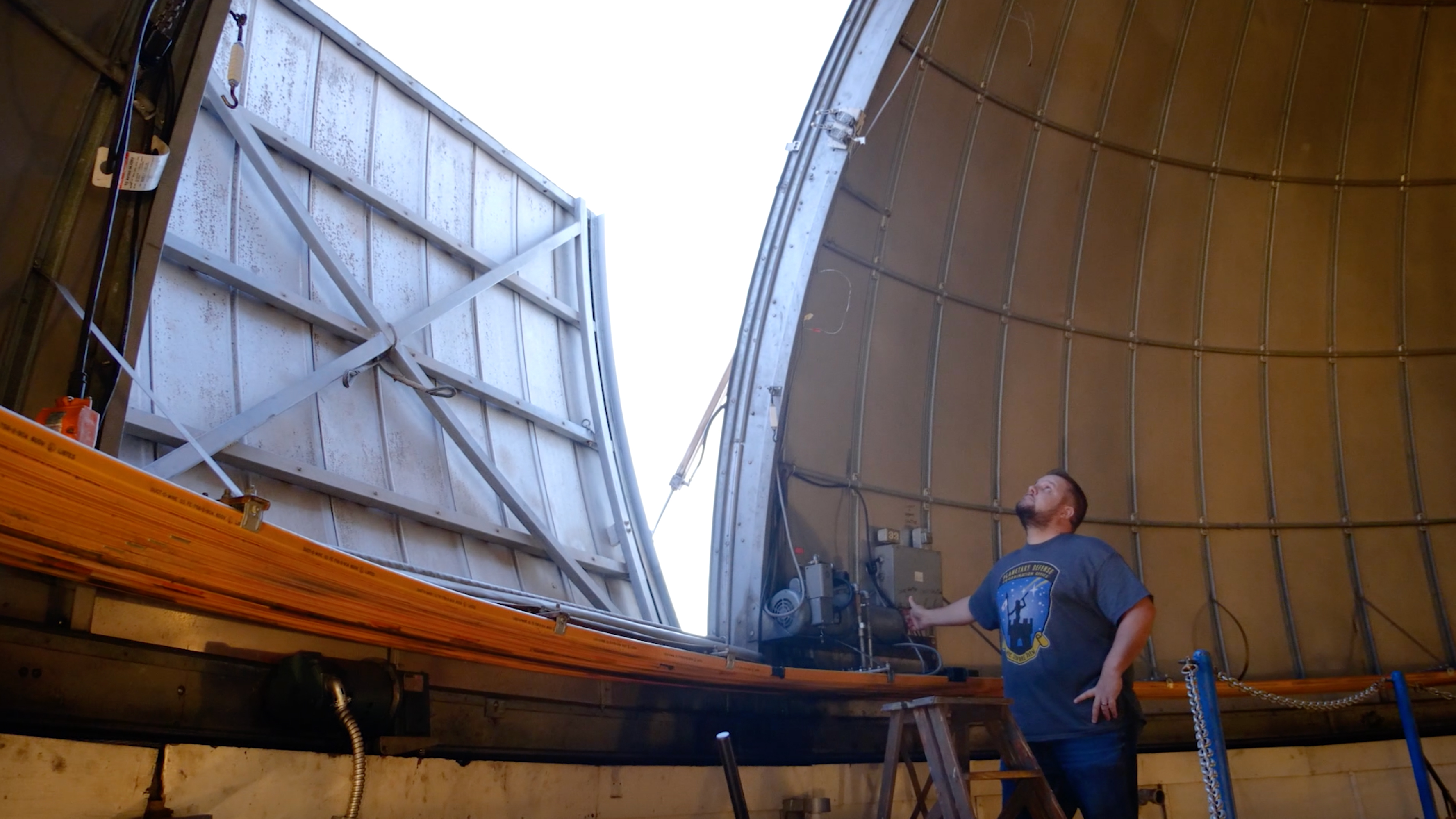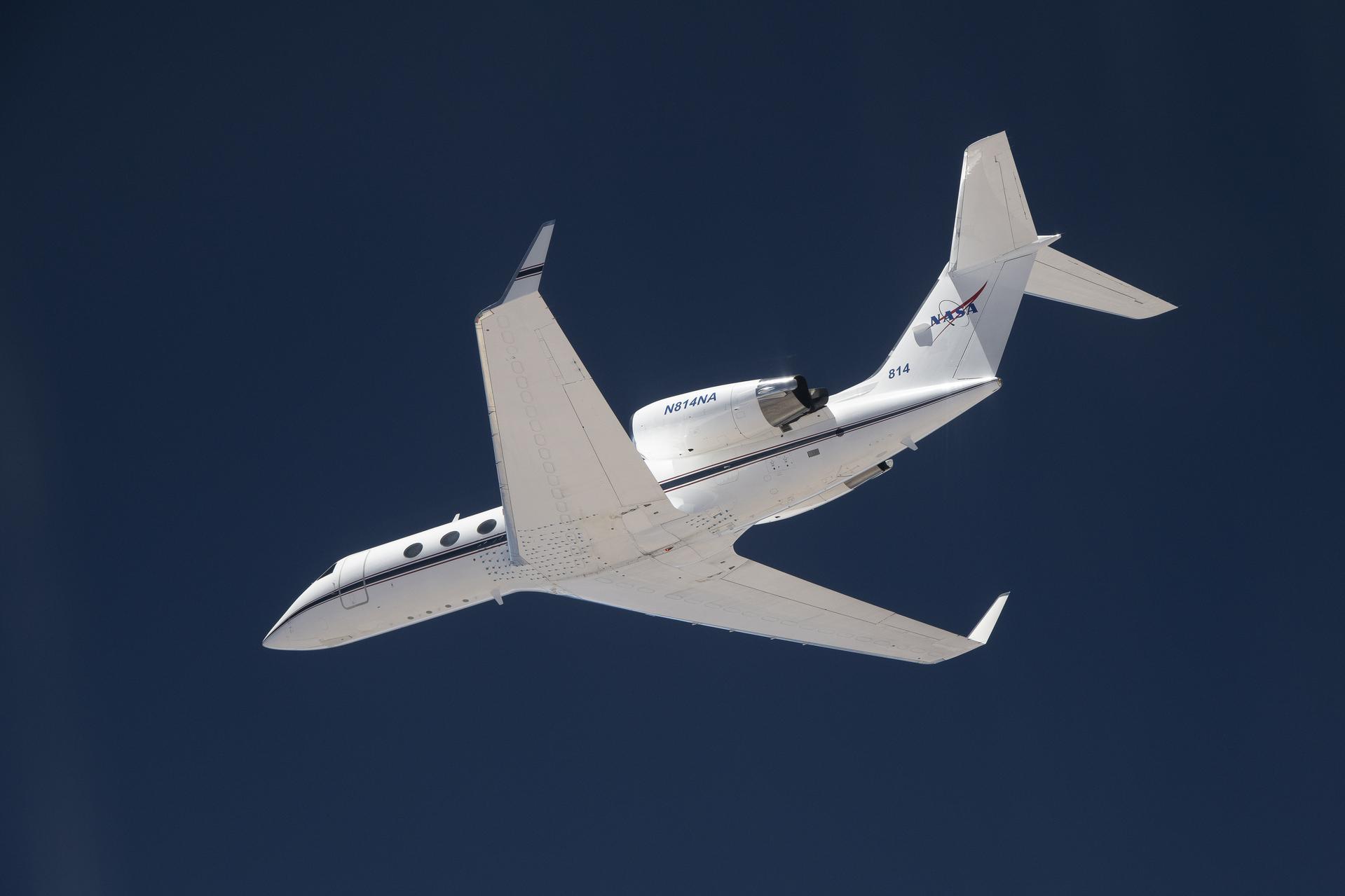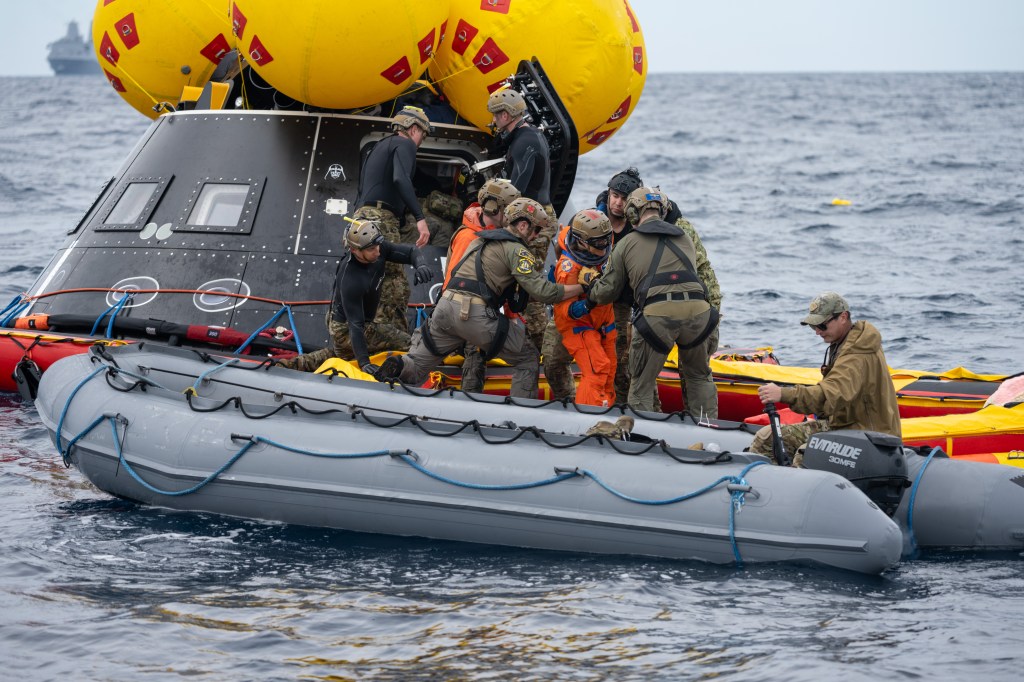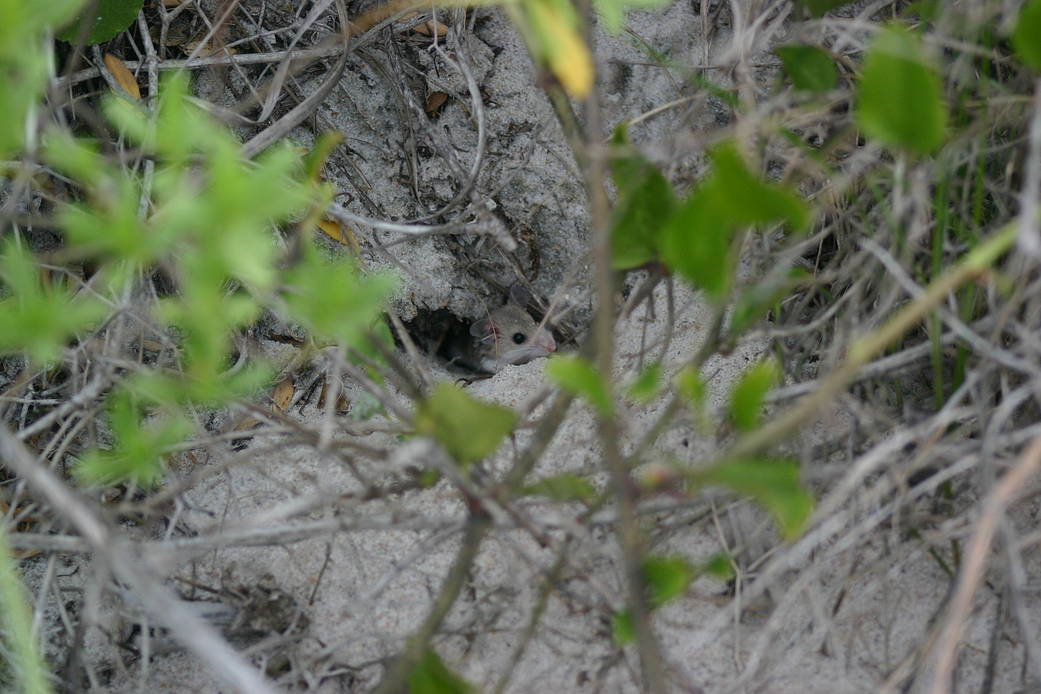The Environmental Management Branch at NASA’s Kennedy Space Center in Florida has been working on shoreline restoration efforts to build up dunes that have been affected by beach erosion and storm surges – an effort that beach mice appear to appreciate very much. While the primary purpose is to protect the launch pads and surrounding infrastructure from storm impacts and rising sea levels, the dunes also provide a sustainable wildlife habitat. Continuous research and monitoring conducted along Kennedy’s beaches show that shortly after the dunes are built and native vegetation is planted, beach mice and gopher tortoises are drawn to the new habitat.
Small enough to fit in the palm of a human hand when fully grown, the beach mouse is a threatened species and is the only protected small mammal known to inhabit the coastal dunes and nearby scrub at Kennedy. Environmental teams monitor the health of these mice by trapping them, evaluating their condition, weight, and gender, and then tagging them for release. These and other small mammals in the area have proven to be in good condition and show positive signs that biologists look for, such as diversity in age class and reproductive status. The spaceport provides an advantageous environment for a variety of wildlife as it shares space with the Merritt Island National Wildlife Refuge, where more than 1,000 species of plants,117 species of fish, 68 types of amphibians and reptiles, 330 varieties of birds, and 31 different types of mammals live.
Photo credit: NEMCON

